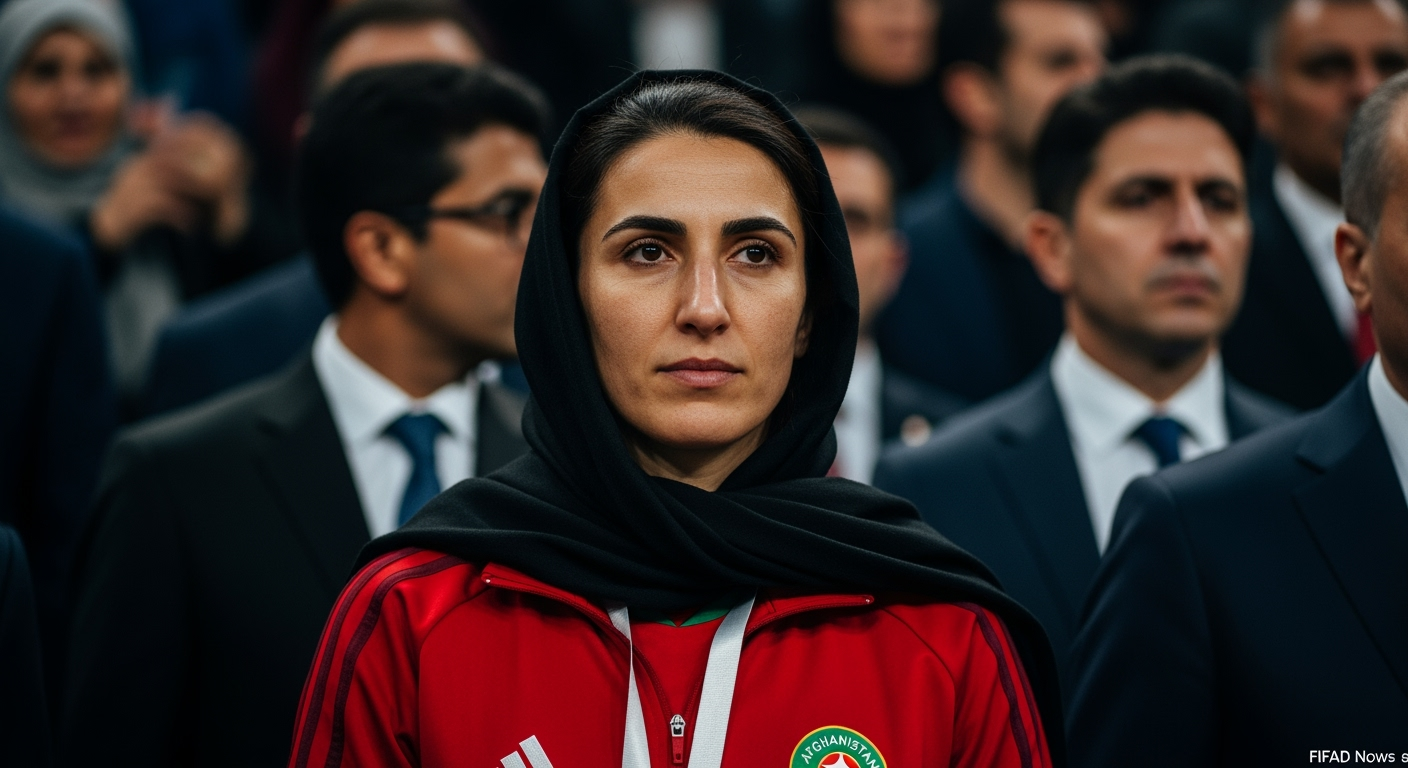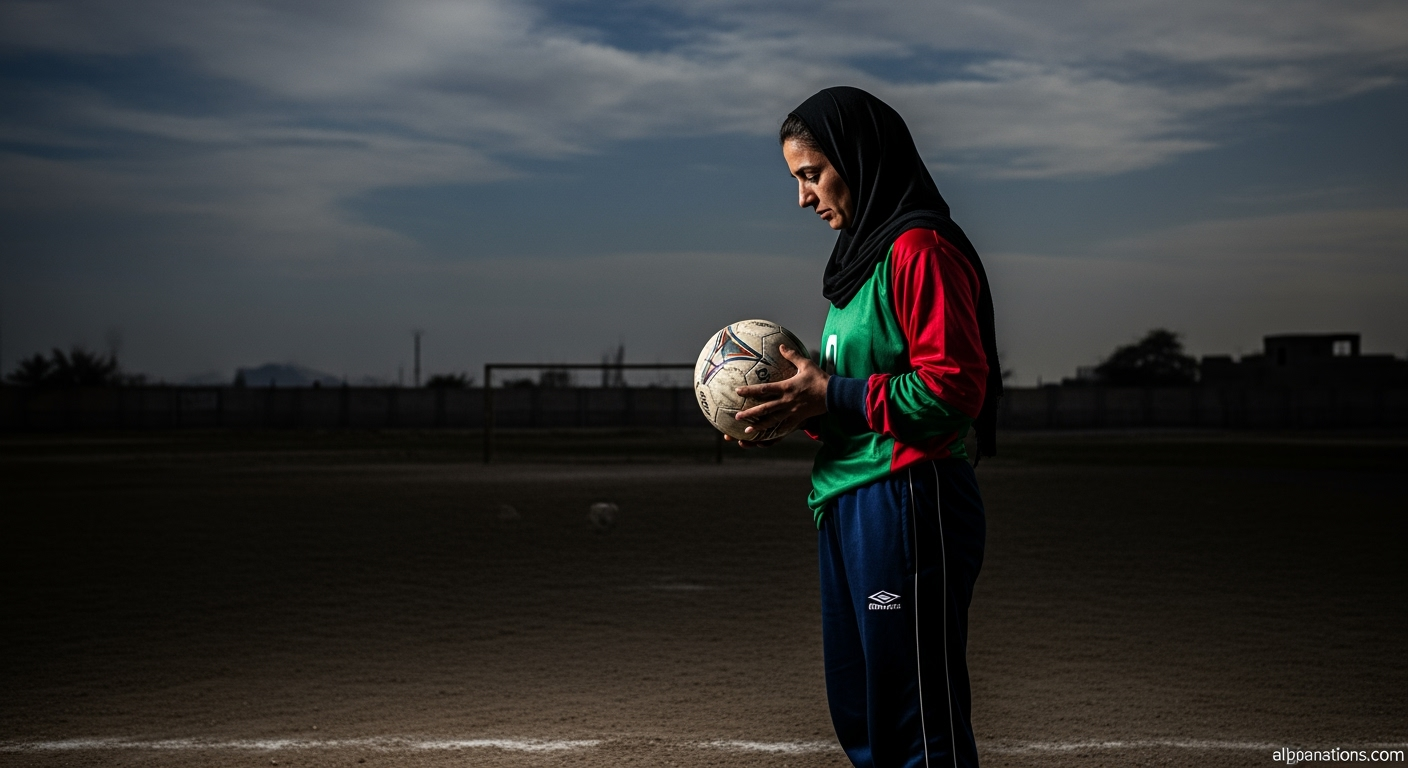Related Articles

The Silent Tear: Unpacking the Impact of Cruciate Ligament Ruptures

Afghan Women's Football Team Forges Historic Path Back to International Arena After Years of Exile





NEW DELHI, India — India's premier football competition, the Indian Super League (ISL), finds itself at a pivotal moment, facing significant uncertainty regarding its operational future and broader impact on the nation's football ecosystem. A looming dispute over crucial commercial rights, coupled with ongoing structural challenges, has cast a shadow over the league, potentially disrupting the upcoming 2025-26 season and raising fundamental questions about the sport's trajectory in India.
The immediate crisis stems from the impending expiration of the Master Rights Agreement (MRA) between the All India Football Federation (AIFF) and Football Sports Development Limited (FSDL), the private operator responsible for the ISL. This agreement, initially signed in 2010, is set to conclude in December 2025, triggering a standoff that has prompted FSDL to inform participating clubs that the 2025-26 season is currently on hold until contractual clarity emerges. The Indian Supreme Court has intervened, ordering an open tender for the league's commercial rights, adding another layer of complexity to the negotiations.
The MRA, a 15-year pact, outlined the commercial relationship where FSDL, a joint venture between Reliance and Star, paid the AIFF an annual fee of either ₹50 crore or 20% of total revenue, whichever was higher. With its expiration nearing, the AIFF has sought to re-evaluate terms, proposing a 10-year approval for the ISL as the top-tier league. The federation is now requesting a substantial annual solidarity payment of ₹50 crore or 10% of the total league revenue (with a 5% annual increment) for game development, a significant increase aimed at strengthening grassroots and youth football.
Both AIFF and FSDL recently submitted a joint proposal to the Supreme Court, a move that could pave the way for a new commercial framework if approved. This development offers a glimmer of hope amidst months of uncertainty, which included the AIFF excluding the ISL from its 2025-26 calendar earlier this year, fueling speculation about the league's continuity. The outcome of these high-stakes discussions will determine the financial stability and operational structure of the ISL for the foreseeable future, directly impacting club planning, player contracts, and commercial partnerships across Indian football.
Beyond the immediate commercial concerns, the ISL faces persistent criticism regarding its league structure, particularly the absence of a fully implemented promotion and relegation system. While the ISL officially became India's sole top-tier league in the 2022-23 season, and promotion from the I-League began the same year (with clubs like Punjab FC, Mohammedan SC, and Inter Kashi earning berths without participation fees), relegation from the ISL has not yet been introduced. This lack of a genuine competitive ladder, where performance dictates movement between divisions, has led some critics to label the ISL as a "closed circuit" primarily "built for business, not growth."
Observers argue that this model stifles competitive spirit and limits opportunities for clubs outside the ISL, hindering the organic development seen in established footballing nations. The previous traditional system, which fostered player development through district and state leagues leading up to national tournaments, was largely supplanted by the ISL's franchise-based approach. Moreover, there is a notable gap in youth development, with ISL clubs reportedly lacking a mandate to invest sufficiently in robust youth academies, a cornerstone of talent production in successful footballing countries. The AIFF's "Vision 2047" roadmap aims to address these structural deficiencies, proposing a more fluid, multi-tiered league system with genuine promotion and relegation across all levels, seeking to increase competitive intensity and strengthen the youth pipeline.
The current crossroads for the ISL are not isolated from the broader challenges confronting the All India Football Federation itself. The AIFF has endured a period of internal turmoil, including a FIFA ban in 2022 due to third-party interference and ongoing legal battles in the Supreme Court regarding its constitution. These administrative complexities add to the instability perceived within Indian football governance, further complicating efforts to establish a coherent and sustainable long-term strategy.
Despite these hurdles, the AIFF has articulated an ambitious "Vision 2047," a 25-year roadmap for Indian football development. This vision, broken into six four-year strategic plans, prioritizes a restructured league system, enhanced competitive levels, and a robust youth development framework. The proposed reforms aim to expand the national league structure to include 40 clubs across three tiers by 2026, alongside zonal leagues, to create a definitive competitive pyramid and a clear pathway for clubs and players.
The confluence of these factors places Indian football at a critical juncture. The outcome of the MRA negotiations will not only determine the immediate future of the ISL but also significantly influence the AIFF's ability to implement its long-term vision. A stable, transparent, and growth-oriented commercial partnership is essential to provide the necessary resources for infrastructure, player development, and competitive growth.
The current situation highlights the tension between the glitz and commercial appeal introduced by the ISL and the foundational requirements for sustainable football development, such as equitable league structures and comprehensive grassroots programs. The decisions made in the coming months will be instrumental in shaping whether Indian football can transition from its current "crossroads" towards a future of sustained growth and international relevance.